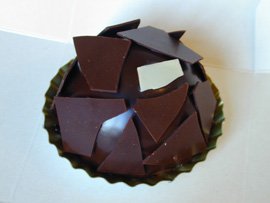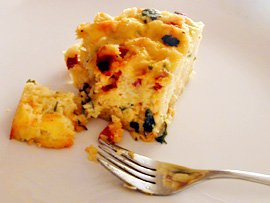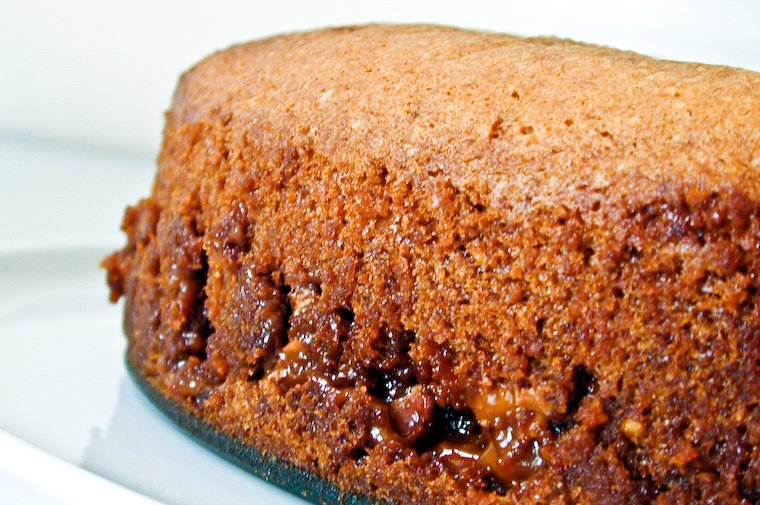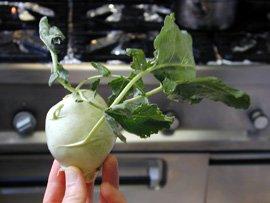
Gin·ger·snap (noun) :
1. a thin brittle cookie, round or rectangular, sweetened with molasses and flavored with ginger (and optionally other spices). Close cousin: the speculoos from Flanders.
2. one of these viral recipes that occasionally spread like magic through our little world of food blogs!
And we have Renee [2010 update: she was the author of the now defunct blog “Feeding Dexygus Seconds”] to thank for this one. Renee had applied for a pastry cook position at the renowned Berkeley restaurant Chez Panisse. At the end of the tryout and interview, sensing she wouldn’t get the job, she decided to cut her losses and asked if she could have the recipe for the gingersnaps she had been served at the end of staff lunch. The interviewer (possibly Alice Waters herself?) obliged.
I love that story. It’s a great illustration that there is something to be gained from any situation, and it also goes to show that there is never any harm in asking for a recipe, however prestigious the owner. Apparently I wasn’t the only one to be touched by the story and tempted by the cookie: a dozen food bloggers subsequently baked these gingersnaps and posted about their success — each of their reports only heightening my desire to join the ranks of CPG fans.
The occasion finally arose last week, when a few of my cousins came over for a Sunday afternoon goûter. This was my first time baking with molasses, despite my having bought a jar of organic mélasse over six months ago — one of these purchases I sometimes make with the dim notion that some exciting recipe calls for it, then promptly forget about. Molasses is a byproduct of the sugar refining process, it is the thick syrup you get when you boil down the sugar cane juices to extract sugar. When carefully produced, molasses retain most of the sugar cane’s nutritional elements: minerals, iron, magnesium and calcium.
And since I seem to have so much interest in sugar and its healthy versions lately, allow me to share with you my favorite word for today: mellifluous, which my good friend Merriam-Webster defines as “having a smooth rich flow (a mellifluous voice)” or “filled with something (as honey) that sweetens”. End of vocable interlude, thank you for your attention.
This was also my first time baking gingersnaps (or eating homebaked ones for that matter), and I was suitably wowed. They had a deep and complex taste I attribute mostly to the use of molasses, a pleasant hint of petrolousness (Merriam-Webster has yet to learn about that one) wonderfully ignited by the spices’ heat. As for the texture it was just perfect, offering crispness to the bite, then tenderness to the chew.
Sadly, this texture didn’t survive a night in my lousy non-hermetic tin box and they had gone soft the next day. They still tasted great of course, but they had definitely lost the “snap” in gingersnap, and looked somewhat disconsolate and droopy. But the good people on the C&Z forums were able to offer advice and I trust this won’t happen again — in the meantime I froze the leftovers and plan on giving them a glorious new life sometime soon, possibly reincarnating them into a cheesecake crust.
Continue reading »








